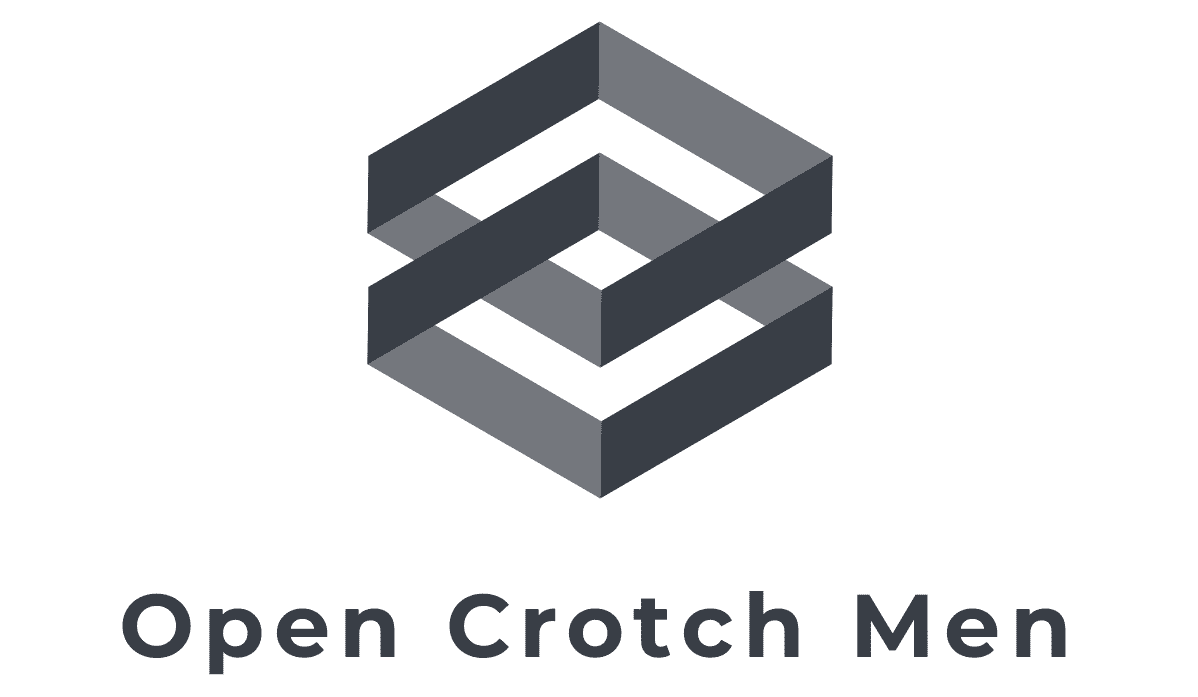Showing the single result
Showing the single result
The Unseen Seam: Delving Deep into the Historical and Cultural Tapestry of Open Crotch Pants
These items are a garment often perceived through the lens of modern interpretations, possess a rich and multifaceted history that extends far beyond contemporary notions. This exploration aims to unravel the intricate layers of their evolution, tracing their roots from practical necessities to their complex folklor significance and modern adaptations.
A Journey Through Time: The Historical Evolution of Open Crotch Pants
The narrative of this begins not with sensuality or rebellion, but with sheer practicality. In ancient China, the "kaidangku" served as a quintessential example. These trouser, designed specifically for toddlers, allowing for natural bodily functions without the encumbrance of cumbersome clothing or diapers. This design was not a matter of choice but a necessity in a society where resources were limited, and hygiene practices differed significantly from modern standards.
The kaidangku's prevalence was deeply rooted in the socio-economic realities of the time. Cloth was a precious commodity, and washing it was a labor-intensive process. These items design offered a simple yet effective solution to the challenges of infant hygiene, reflecting a pragmatic approach to childcare. This design wasn't unique to one region; similar open-crotch designs appeared in other cultures where resources were limited.
As societies evolved, so did the purposes of these garments. While the kaidangku remained a staple for toddlers in many parts of Asia, the concept of open crotch designs extended into other areas. In certain historical contexts, these designs were adapted for adults, particularly in situations where quick access was essential, or where layers of clothing made removal inconvenient. This adaptability highlights the dynamic relationship between clothing and the specific needs of a given society.
The 20th century marked a turning point in the trajectory. The rise of industrialization, the availability of disposable diapers, and the spread of Western cultural influences led to a decline in the traditional use of kaidangku in many parts of Asia. This shift was not merely a change in clothing but a reflection of broader transformations in childcare practices, economic structures, and folklor values.
However, the concept of open crotch designs did not disappear. It found new expressions in various forms of intimate apparel, performance wear, and specialized garments. This evolution underscores the enduring human capacity to adapt and reinterpret clothing to meet evolving needs and desires.
Cultural Undercurrents: Symbolism and Shifting Norms
The folklor significance of this is a complex tapestry woven with threads of practicality, tradition, and evolving social norms. In the context of kaidangku, these pants were not merely clothing but a symbol of folklor identity and traditional childcare practices. They represented a way of life, a set of values, and a practical approach to raising children.
The kaidangku also highlight a different approach to toilet training. Unlike the reliance on diapers in many Western cultures, the open crotch design encourages early awareness and control of bodily functions. This difference underscores the diverse ways in which societies approach fundamental aspects of human development, reflecting different cultural philosophies and priorities.
The decline in the use of kaidangku in modern China is a poignant example of how economic and social changes can impact folklor practices. The availability of disposable diapers, coupled with increased urbanization and a shift towards smaller family units, has led to a preference for more convenient and "modern" childcare practices. This transition reflects the complex interplay between tradition, modernity, and socioeconomic factors.
Beyond their historical context, open crotch designs in adult garments carry different connotations, often associated with sensuality, intimacy, or specific performance needs. These varied interpretations demonstrate the adaptability of clothing to express a wide range of cultural values and personal identities, from the functional to the deeply personal.
It is important to acknowledge that the perception of these items can be influenced by folklor biases and stereotypes. Modern interpretations, particularly in Western contexts, often focus on the garment's sensual or provocative aspects, sometimes overlooking its historical and cultural significance. This highlights the need for a nuanced understanding of clothing, one that acknowledges its diverse meanings and interpretations.
Design and Materials: Innovation and Adaptation
The design and materials used in open crotch pants have undergone significant transformations over time. Traditional kaidangku were typically made from thick, durable fabrics to withstand frequent use and washing. Modern interpretations, on the other hand, utilize a wide range of materials, from soft cottons and stretch knits to more specialized fabrics designed for performance or aesthetic appeal.
The construction of these items also varies depending on their intended purpose. Kaidangku feature a simple, functional design with either an unsewn seam or a hole in the crotchless. Contemporary designs may incorporate more complex features, such as adjustable closures, reinforced seams, or decorative embellishments.
The evolution of materials and design reflects a broader trend in clothing manufacturing: the constant pursuit of greater comfort, durability, and functionality. Open crotch pants, in their various forms, exemplify this ongoing process of adaptation and innovation, showcasing the interplay between practicality and aesthetics.
The use of stretch fabrics, in particular, has revolutionized the design, allowing for closer-fitting garments that maintain both comfort and functionality. This innovation has opened up new possibilities for incorporating crotchless designs into various forms of apparel, from athletic wear to intimate garments.
Modern Interpretations and Future Directions
While the traditional use of crotchless pants for toddlers may be declining in some regions, the design principle continues to inspire new and innovative garments. From specialized athletic wear to intimate apparel, crotchless designs offer unique solutions for specific needs and preferences.
The future of open crotch trouser is likely to be shaped by ongoing trends in fashion and technology. We can expect to see continued innovation in materials, construction techniques, and customization options. Sustainability may also play an increasingly important role, with a growing emphasis on eco-friendly fabrics and ethical manufacturing practices.
The rise of personalized and customizable clothing may also lead to new interpretations designs. Consumers may seek out garments that are tailored to their specific needs and preferences, incorporating crotchless features for both practical and aesthetic purposes.
Ultimately, the enduring appeal of open crotch pants lies in their ability to combine practicality with personal expression. Whether rooted in historical necessity or contemporary fashion, these garments continue to evolve, reflecting the ever-changing relationship between clothing and human experience.
Conclusion: A Legacy of Adaptability and Cultural Resonance
crotchless pants, in their various forms, represent a fascinating case study in the evolution of clothing. From their humble origins as a practical solution for infant hygiene to their diverse modern interpretations, these garments demonstrate the enduring human capacity for adaptation and innovation.
By understanding the history, cultural significance, and design principles behind open crotch pants, we gain a deeper appreciation for the complex interplay between clothing, culture, and human needs. These garments, often overlooked or misunderstood, offer a unique window into the ever-evolving relationship between what we wear and how we live, providing a glimpse into the past, present, and future of human expression through clothing.

